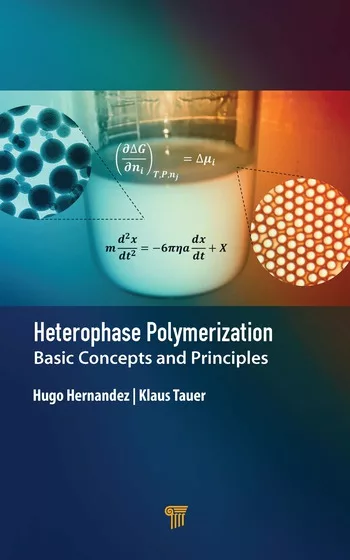Electrocoat 2004 Educates and Entertains
The conference sessions were opened by Peter Drake, deputy chief economist of TD Bank Financial Corp., who gave attendees a look at the U.S. economy, business spending, equity markets and the global economy's effect on the United States.
The first of four key issues Drake addressed involved the global economy's gathering momentum. "Although Europe is still growing slowly, the recovery in Japan remains tentative and brighter prospects for Latin America are tinged by memories of recent economic volatility, the global economy is expected to grow by 4% in real terms this year, considerably above the 3% growth estimated for last year, and well above the 3.3% annual average of the past 20-plus years," Drake said. "The strength will come from continued expansion in non-Japan Asia-even though China will begin to slow-and from much-improved growth in North America."
Drake's second key issue addressed a U.S. economy that is more balanced. "Both business investment and manufacturing have resumed expansion in the past few months," he said. "These developments are especially welcome because they provide much-needed balance to the U.S. economic growth, in contrast with the past three years when consumers carried most of the burden of keeping the U.S. economy expanding."
Next, Drake discussed inflation and interest rates. "Although inflation is low, it has started to creep up a little," he said. "The Federal Reserve is keeping a close eye on current inflation, but an even closer eye on likely future inflation rates. The Fed will start to raise interest rates this year, possibly in June, but almost certainly by August.
Financial markets have repeatedly shown their displeasure with this prospect, but the current 1% Fed Funds rate is lower than it has been in decades and too stimulative to be left in place much longer, he said. "By the end of 2005, the Fed Funds rate is expected to be around 4%, considerably higher than the current rate but still not up to a neutral level that would be neither stimulative or restrictive."
Regarding the federal budget and trade deficits, both are likely to be around for a while, Drake said. "On its own, the lower dollar should begin to help reduce the current account deficit, but the rising federal budget deficit is not helping the situation. Both deficits are likely to linger for some time. While more-rapid economic growth will help reduce the budget deficit, growth alone won't solve the problem, and it is likely that policymakers will be forced to raise taxes, cut spending" or both, beginning in 2005.
Following Drake's speech, a two-tracked Basics Session set the groundwork for more than 30 presentations offered over the conference's two and a half days, during which presenters discussed new developments, cost savings, environmental issues and how E-coat can be used with other types of coatings.
Wednesday and Thursday evenings offered industry suppliers the spotlight as they pulled out all the stops for attendees by hosting E-coat 2004 hospitality suites. Visitors were able to see demonstrations of products, learn about new products and services and network with colleagues in a relaxed and entertaining atmosphere.
A few famous faces even showed up to partake in the festivities. Golf pro Chi Chi Rodriguez was seen socializing in the UFS Corp. suite, and 1980 Olympic gold medal hockey goalie Jim Craig gave a rousing speech and signed hockey pucks for The Valspar Corp.
Not to be outdone, Therma-Tron-X electrocoated fishing lures and divot tools for onlookers; PPG Industries' "Extreme Makeover" kept people gaming into the night; Eisenmann Corp. gave away two cruises; Henkel Technologies offered virtual golf; and DuPont held racing games and showed off Jeff Gordon's race car.
Looking for a reprint of this article?
From high-res PDFs to custom plaques, order your copy today!




